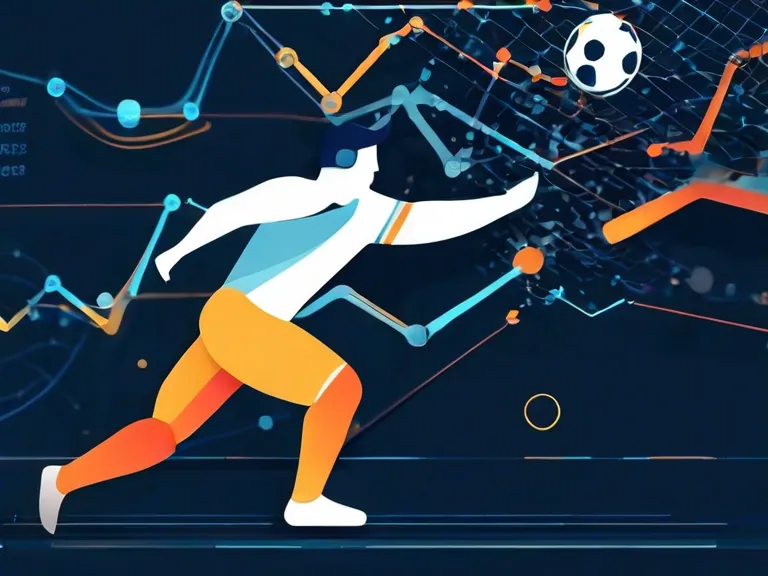
Data science is revolutionizing the world of sports analytics, providing teams and players with powerful insights that can drive performance improvement and competitive advantage. In this article, we will explore some of the recent trends in data science that are shaping the future of sports analytics.
One of the key trends in sports analytics is the increased use of machine learning algorithms to process and analyze vast amounts of data. Machine learning models can identify patterns and trends in data that human analysts may miss, allowing teams to make more informed decisions on player performance, strategy, and game tactics.
Another important trend is the integration of wearable technology and sensors in sports equipment. These devices can collect real-time data on player movements, heart rate, and other biometric information, providing coaches and trainers with valuable insights into player performance and injury prevention.
Furthermore, advancements in computer vision technology are enabling teams to analyze video footage from games and practices in new ways. Computer vision algorithms can track player movements, identify key events in a game, and provide detailed analysis on player positioning and performance.
In addition, the use of data visualization tools is becoming more prevalent in sports analytics. These tools allow teams to create interactive dashboards and visualizations of their data, making it easier for coaches and players to understand complex statistical insights and trends.
Overall, data science is playing an increasingly important role in the world of sports analytics, helping teams and players to unlock new levels of performance and success. By leveraging the latest trends in data science, sports organizations can gain a competitive edge and improve their chances of winning on the field or court.



